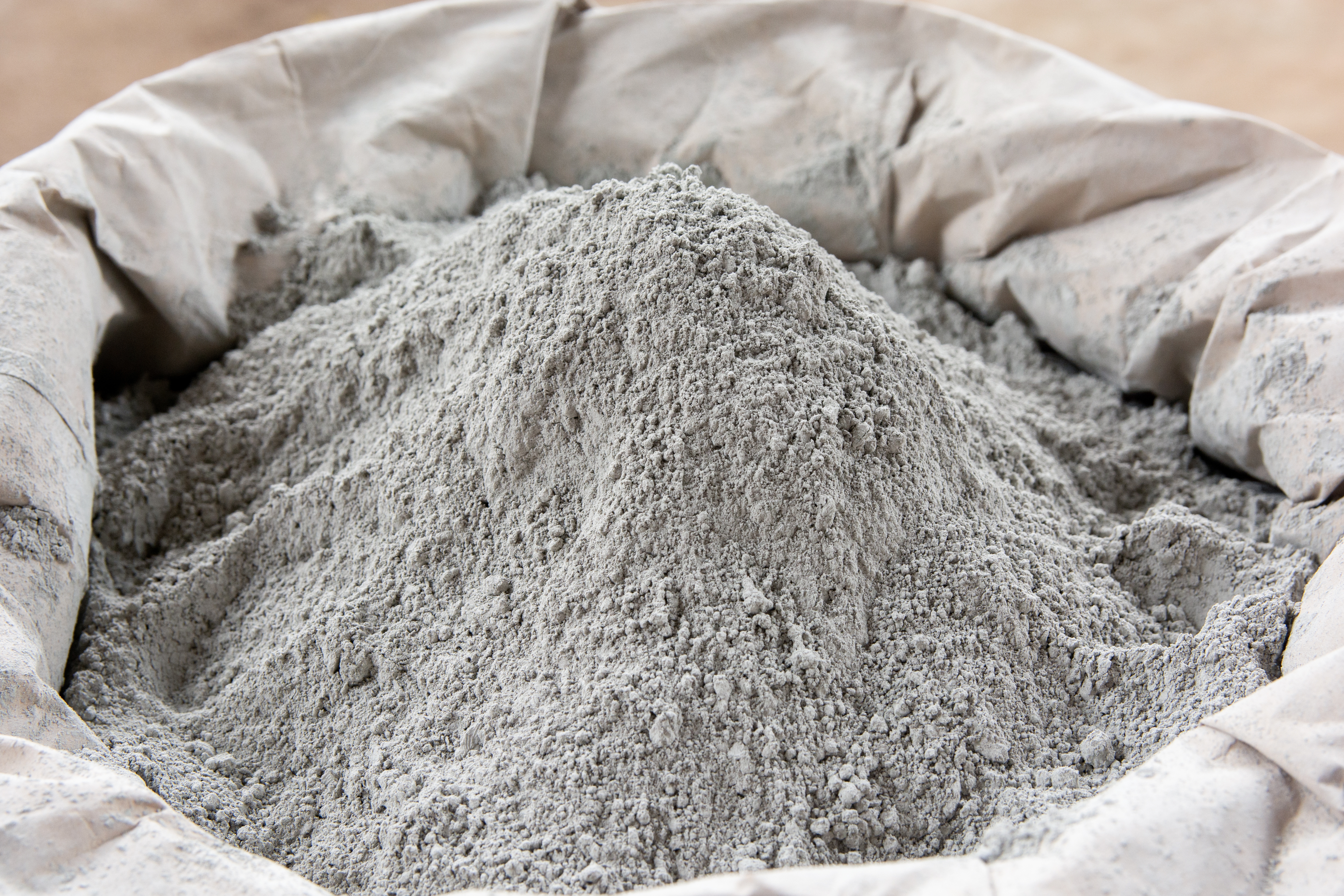Introduction
Explore different types of cement used across India. From OPC to specialty cements, learn which type suits your region, climate, and construction needs.
Cement: The Foundation of Modern Construction

Think of cement as the Indian thali - just as every region has its signature dish, each type of cement brings something special to the construction table. From the versatile all-rounder to specialized variants, let's explore what makes each type unique across India's diverse landscape.
1. Ordinary Portland Cement (OPC)

This is the most common cement, known for its high strength and quick setting. It comes in three strength grades: 33, 43, and 53, offering options for different construction needs
• Where is it used?
Almost everywhere! From houses to bridges. Like dal-chawal in Indian cuisine - it's the foundation of most constructions.
• Regional Applications:
o Karnataka's construction industry relies on this cement for building high-rise structures.
o Rajasthan's builders prefer OPC for its reliable performance in standard construction projects.
2. Portland Pozzolana Cement (PPC)

It has a blend of OPC and pozzolanic materials like fly ash. It’s eco-friendly and improves durability.
• Where is it used?
This is great for structures exposed to water, like dams, canals, and coastal constructions.
• Regional Applications:
o Kerala's builders depend on this cement to combat challenging coastal conditions.
o West Bengal's construction projects use PPC to handle the region's heavy rainfall and flooding.
3. Rapid Hardening Cement (RHC)

The fast food of the cement world – this sets quickly and gains strength faster than OPC.
• Where is it used?
This specialized cement addresses the needs of time-sensitive construction projects like roads and bridges.
• Regional Applications:
o Maharashtra's urban infrastructure projects benefit from this cement's quick-setting properties.
o Delhi's construction industry uses RHC extensively for rapid repair and renovation work.
4. Sulphate Resisting Cement (SRC)

This is designed to resist sulphate attacks – almost perfect for places that have aggressive soil or water conditions.
• Where is it used?
It performs exceptionally well in foundation work and underground structures like drainage.
• Regional Applications:
o Punjab's agricultural regions rely on SRC for construction in sulphate-rich soil.
o Gujarat's coastal areas use this cement to combat challenging ground conditions.
5. White Cement

The good looking cousin of OPC – this specialized cement combines structural integrity with visual appeal, and is used for decorative purposes.
• Where is it used?
Mostly for floors, tiles, and aesthetic works. The pure white colour provides unlimited possibilities for decorative applications. At the same time, its fine particle size ensures a smooth, premium finish in architectural features.
• Regional Applications:
o Rajasthan's marble industry uses white cement extensively for polishing and finishing work.
o Goa's luxury resorts incorporate this cement in their decorative architectural elements.
6. Blast Furnace Slag Cement (BFSC)

This high-performance construction cement is made by mixing slag (a byproduct of steel plants) with OPC. It can be very durable and eco-friendly.
• Where is it used?
Its unique composition provides exceptional durability in challenging environments like coastal and marine constructions.
• Regional Applications:
o Odisha's construction projects near steel plants benefit from ready access to this cement.
o Tamil Nadu's coastal infrastructure relies on BFSC for its superior marine performance.
7. High Alumina Cement

This specialized cement, known for its heat resistance and rapid strength gain, excels in high-temperature applications where standard varieties would fail.
• Where is it used?
Ideal for industrial applications and any high-heat environments like chimneys and refractory linings.
• Regional Applications:
o Jharkhand's steel industry depends on this cement for its heat-resistant properties.
o Chhattisgarh's industrial furnaces benefit from this cement's high-temperature performance.
8. Hydrophobic Cement

This innovative cement variety offers superior protection against moisture-related challenges.
It features unique water-repelling properties that prevent moisture absorption and its composition ensures extended storage life even in humid conditions.
• Where is it used?
The cement performs exceptionally well in areas with heavy rainfall and high moisture.
• Regional Applications:
o Construction projects across monsoon-prone regions like Assam and Meghalaya rely on this cement during their extended rainy season.
o Kerala's builders choose this variety to ensure smooth construction during wet weather.
Key Takeaways
The diversity of cement types available in India reflects the country's varied construction needs:
• Each cement variety has been developed to address specific construction challenges.
• Regional conditions play a crucial role in determining the most appropriate cement type.
• India's position as the world's second-largest cement producer showcases its construction capabilities.
• Successful construction projects depend on selecting the right cement for local conditions.
Remember: Selecting appropriate cement for your construction project requires careful consideration of regional climate, soil conditions, and specific project requirements. Making an informed choice ensures the longevity and durability of your construction.
Related articles
Sign up for the newsletter
If you want relevant updates occasionally, sign up for the private newsletter. Your email is never shared.

















